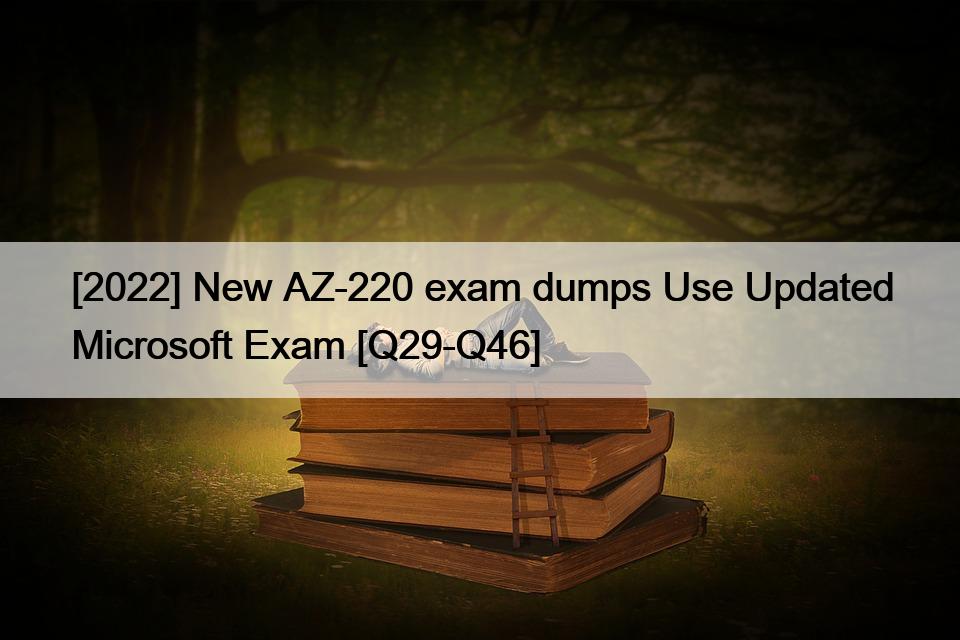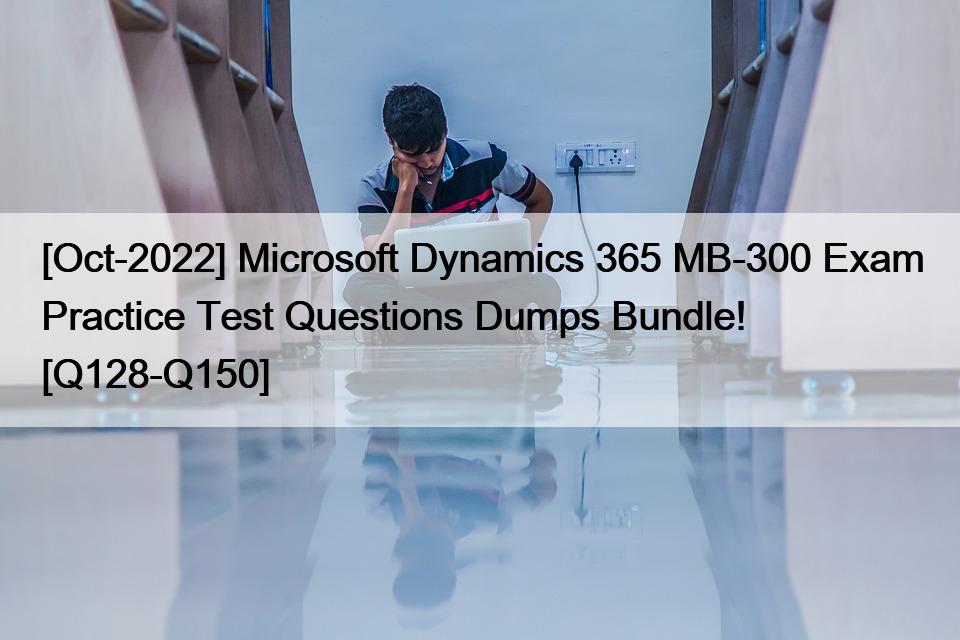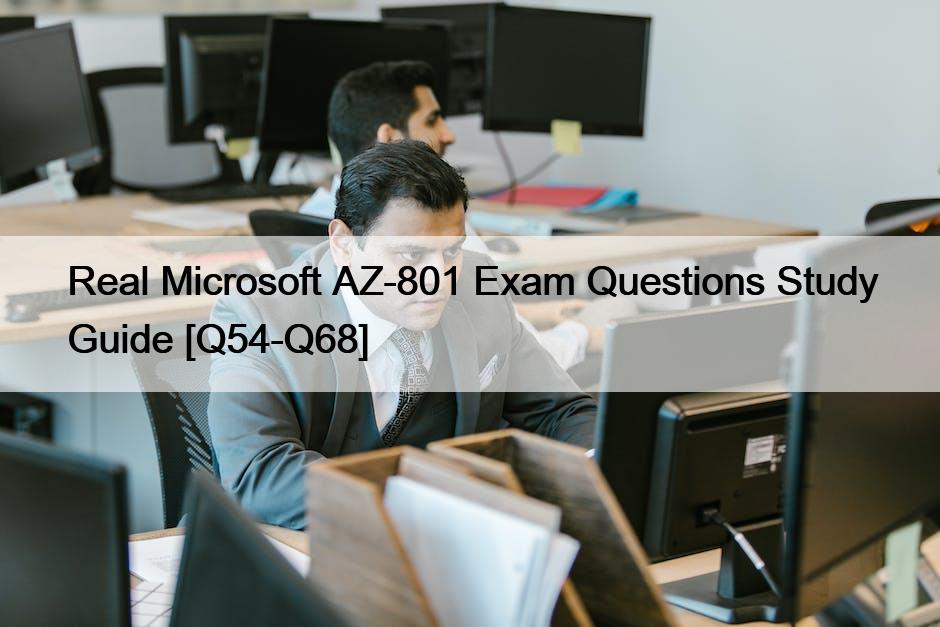[2022] New AZ-220 exam dumps Use Updated Microsoft Exam
Verified AZ-220 Dumps Q&As – AZ-220 Test Engine with Correct Answers
Exam Preparation
The Microsoft Learning Platform has everything that the candidates need to completely prepare for their certification test. You can explore free resources as well as paid training courses. You will also find the exam questions that will help you evaluate your level of preparedness for the actual test. All in all, you can look at the following options:
- Free Resources
These are free online learning paths that are designed to help the students gain the required skills for obtaining the certification. There are four learning paths with different modules for each track and you can explore all of them for free. The paths that are identified for Microsoft AZ-220 include Introduction to Azure IoT, Securely Connecting the IoT Devices to Cloud, Building the Intelligence Edge with the Azure IoT Edge, and Developing the IoT Solutions with the Azure IoT Central.
- Paid Training Course
This is an instructor-led training course that is designed to provide all the learners with the knowledge and skills needed to create and maintain the Cloud and edge portions associated with Azure IoT solutions. The course is not for free, but it focuses on the complete coverage of Azure IoT services, including IoT Hub, Azure Stream Analytics, Device Provisioning Services, and Time Series Insights, among others.
- Practice Test
The applicants can find this option on the official website. This training tool is very useful in evaluating their knowledge before taking the real test. It is recommended to spend ample time going over the questions to understand the patterns of the actual exam questions and how to answer them appropriately to achieve the passing score.
How to book the AZ-220:Microsoft Azure IoT Developer Exam
These are following steps for registering the AZ-220:Microsoft Azure IoT Developer exam.
- Step 1: Visit to Microsoft Learning and search for AZ-220:Microsoft Azure IoT Developer.
- Step 2: Sign up/Login to Pearson VUE account
- Step 3: Select local centre based on your country, date, time and confirm with a payment method.
Pass Your AZ-220 Dumps as PDF Updated on 2022 With 137 Questions: https://www.prepawaypdf.com/Microsoft/AZ-220-practice-exam-dumps.html


